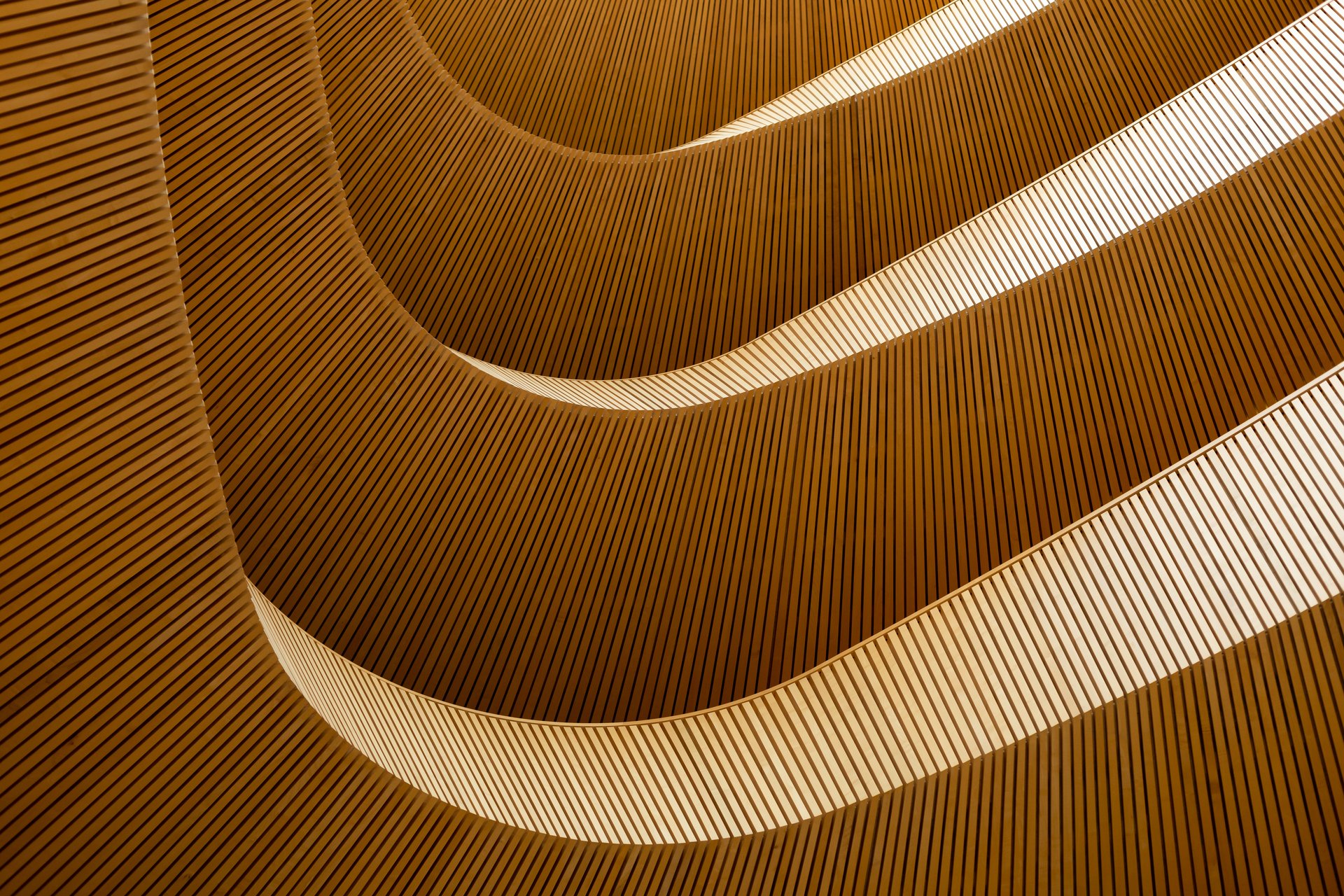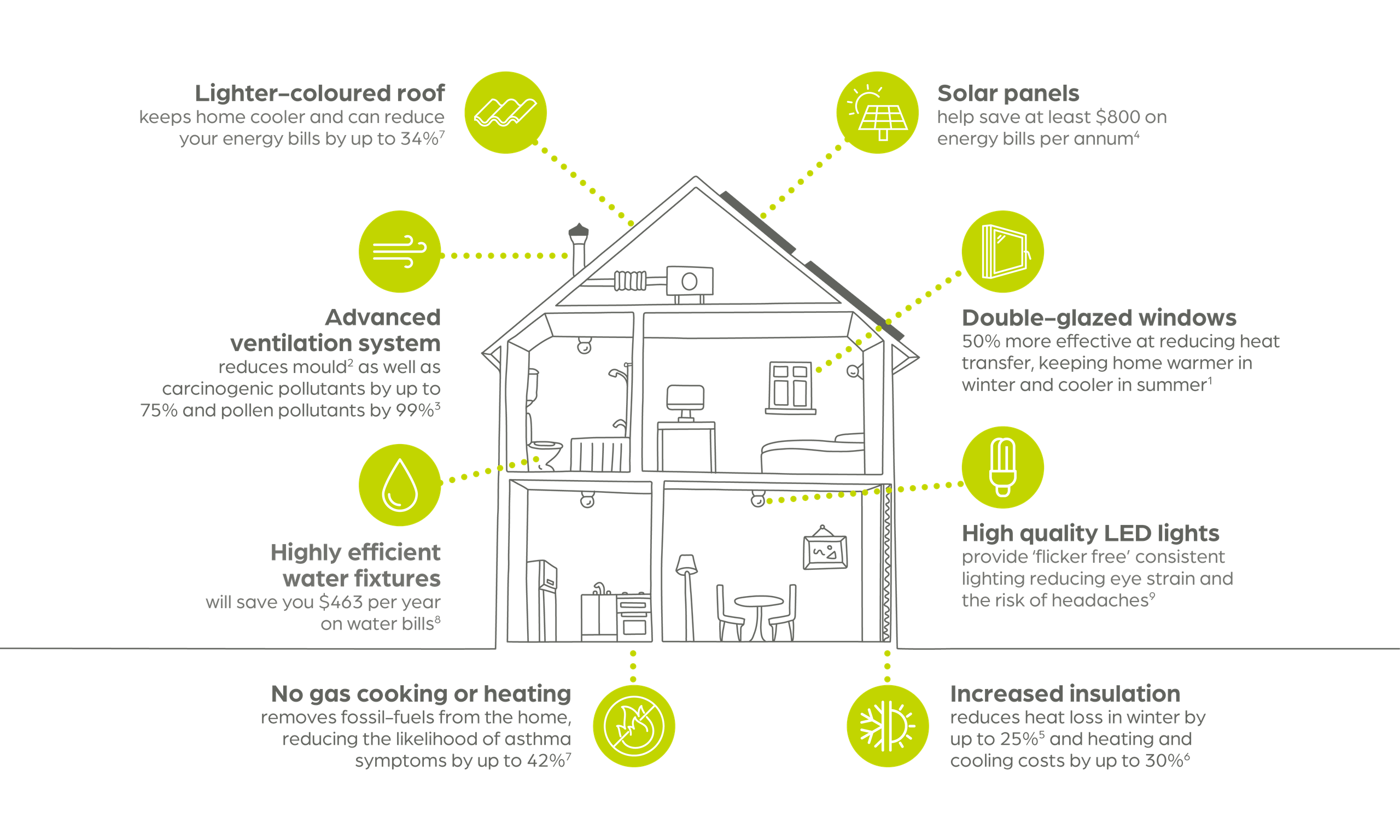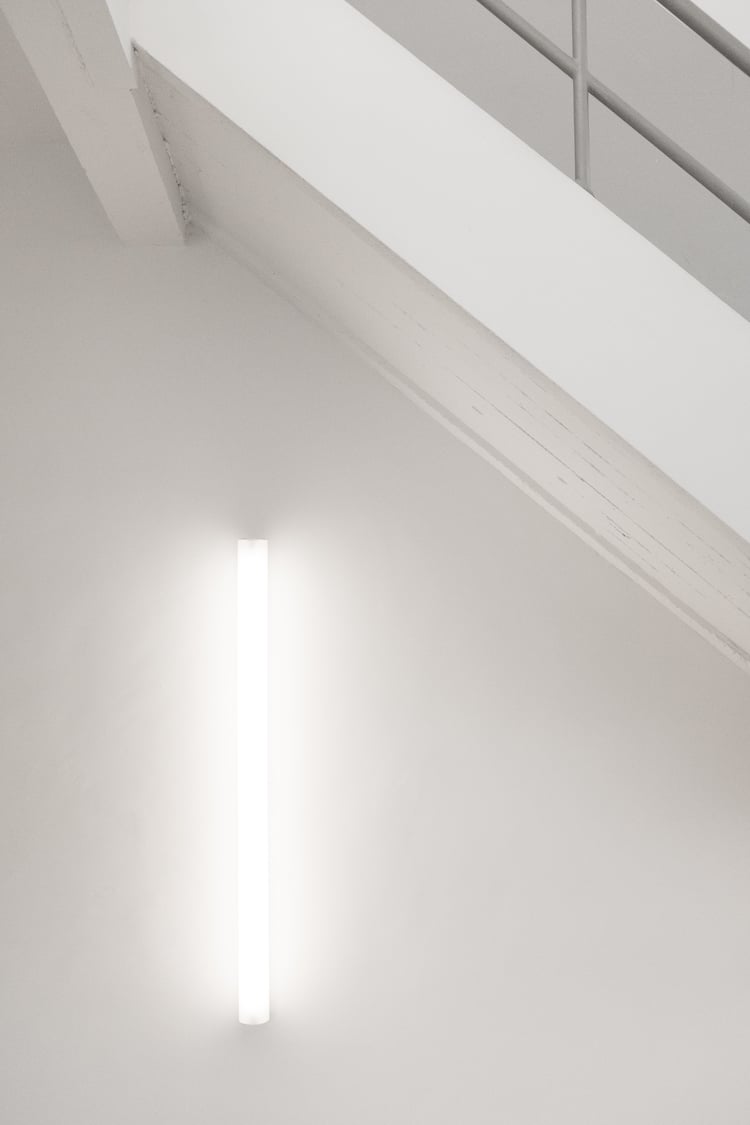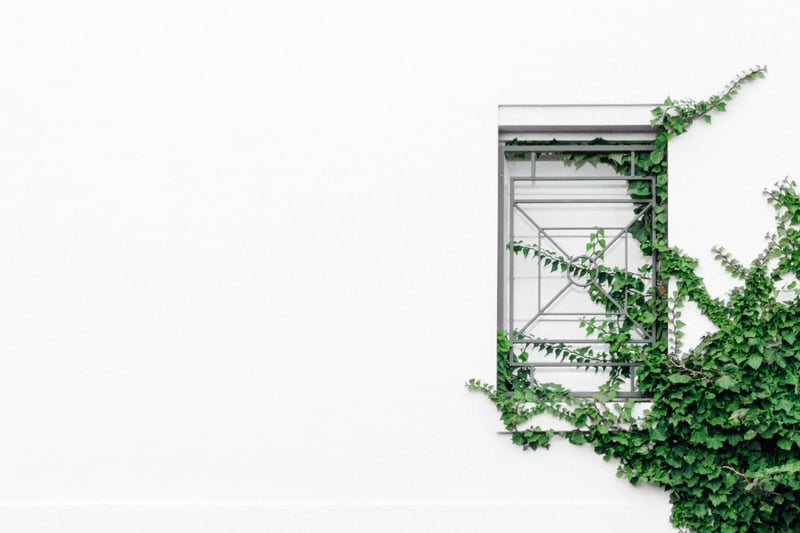3 min read
Section J vs. JV3 - When to use Which Compliance Method
What’s the difference between a Section J and JV3?
A JV3 assessment and a Section J assessment are both methods of...

Green Star's mission is to assess the sustainable design, construction and operation of buildings, fitouts and entire communities. Their Green Star Homes Standard more specifically aims to assess the health, resilience and energy efficiency of your home. In a world where climate change is becoming a formidable issue, minimising our carbon footprint and energy consumption has never been more important. However, this doesn't mean that your project has to suffer. In addition to ensuring sustainable design and construction practices, Green Star is also motivated on boosting productivity and improving the health and well-being of building occupants through thoughtful design.

Green Star Homes aims to create Positive, Healthy and Resilient Homes for all Australians. In doing so, it is intended that all new homes in Australia will be highly efficient, fossil fuel free and powered by renewable sources ensuring the health and resilience of Australians and their homes.
There are two (2) stages to receiving Green Star Home certification:

Prices can vary greatly for each stage of the assessment, so please feel free to submit your plans for an accurate and project-specific fee proposal.
Choosing non-toxic building materials is beneficial to both the tenants of the building and the environment. For paints, choosing non to low-volatile organic compound (VOC) paints is best since they contain fewer gases, reducing dangerous fumes and smells. Low to non-VOC paints are also less likely to trigger serious health reactions when inhaled.

LED lights are known to be more energy efficient than traditional lights
Windows aid in blocking sunlight, wind, and noise. The choice to use cheaper windows is enticing, however, in doing so the project may experience excessive sunlight exposure leading to an increase in electricity consumption. This is why more and more businesses are using Suntuitive technology. This technology is designed to reduce your carbon footprint by providing natural passive heating through glass panes.

In our previous article, we have discussed the energy-efficient Suntuitive technology and what sets it apart from single-glazed and double-glazed windows.

Green Star certification is a comprehensive rating system designed to assess and promote sustainable building practices across Australia. Administered by the Green Building Council of Australia (GBCA), this certification evaluates homes based on criteria such as sustainability, health, and resilience. The aim is to create living environments that not only reduce the ecological footprint but also enhance the well-being of occupants.
The Green Star rating system is a voluntary program that sets higher benchmarks than traditional building compliance frameworks. It covers a range of categories including energy efficiency, water conservation, material selection, and indoor environment quality. By achieving Green Star certification, builders and developers demonstrate their commitment to superior environmental performance and occupant health.
Green Star Homes offer numerous benefits that make them increasingly attractive to homeowners. One of the primary advantages is improved indoor air quality. These homes are designed to minimise pollutants and maximise ventilation, creating a healthier living space. This can significantly reduce respiratory issues and other health problems associated with poor indoor air quality.
What’s the difference between a Section J and JV3?
A JV3 assessment and a Section J assessment are both methods of...
To ensure a seamless approval process that doesn't hold you down or end up costing more than it should, it's critical...
With the industry reaching new material heights, creating products which are physically beneficial to the environment,...
FOR IMMEDIATE RELEASE
Sydney, 11 March 2025
Certified Energy is pleased to announce our...